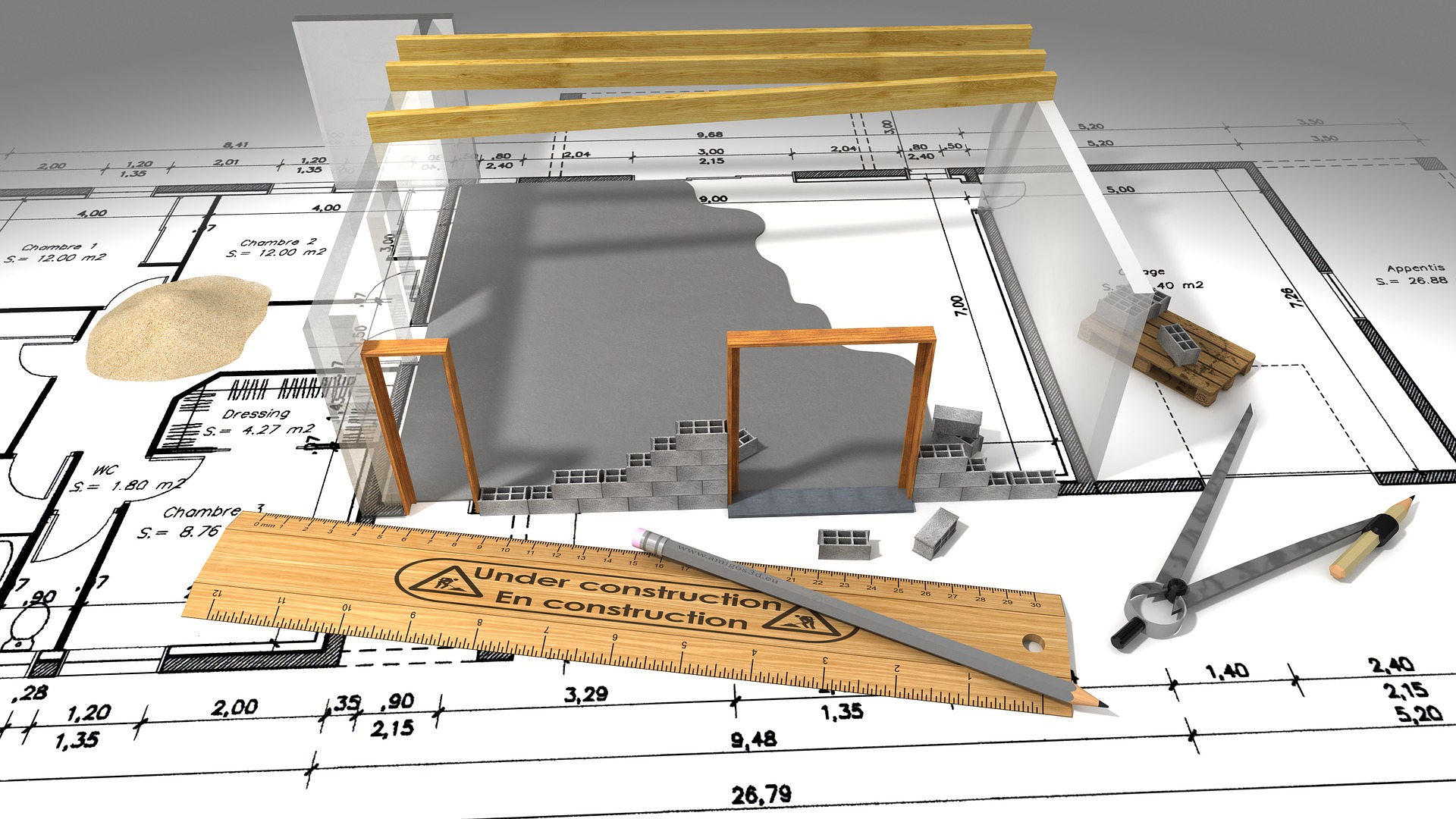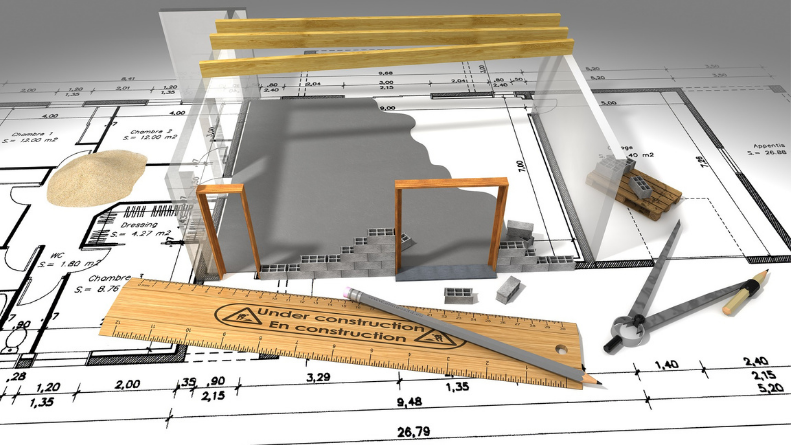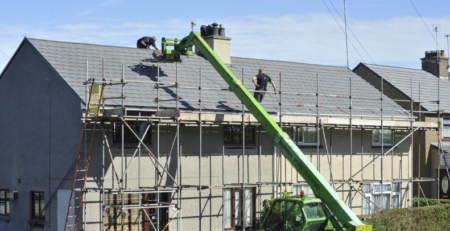Self-build Property Projects
As many as 13,000 people every year decide to embark on a self-build property project. Although it’s not an easy thing to do, as it can take years of searching and planning, it is doable for those with a penchant for doing things differently.
Specialist mortgages are the primary means by which people build their dream of a self-build property. Although a specialist type of mortgage, many more lenders are venturing into this area of home building, and this is especially so with building societies. There are two basic types of mortgages available:
- Guaranteed advance stage payment mortgage (GASPM)
- Arrears stage payment mortgage (ASPM)
Before we take a brief look at these two types of mortgages available, it’s first worth considering what the mortgage lenders are looking for in prospective borrowers.
Mortgage lenders for self-build property
Self-build mortgage lenders will be looking to protect themselves against performance risk. Firstly, they will want to establish that the borrower has the financial means to be able to repay the mortgage loan, often amounting to a multiple of monthly earnings, including combined earnings on joint applications.

Furthermore, the lender will seek further security for the loan, which is often established by on-site visits and valuation. This may mean that the lender will lend based on the initial land purchase. As part of this process, the land in question will have to be defined as holding some kind of planning permission, either as outline planning permission (OPP) or detailed planning permission (DPP).
Outline planning permission is planning permission given in principle for later development to go ahead, leaving details to be worked out later down the line when an application for detailed permission is made. But be aware of time restrictions as the detailed planning permission must be made within 3 years of making the outline planning permission application.
Locating a building plot
Finding the right building plot can take several years and a lot of hard work searching. The local residents in the area you are considering are invaluable for providing useful information. Have a friendly chat with them and tell them you may end up joining their community.
If you have expectations in mind about such things as the size of the plot and the workload you want to take on, your search for a plot may take considerably more time to find the right fit for you. Because of this, being flexible with the specifics will help expedite finding the right plot, lest you never find what you are looking for.
To increase the chance of success in finding the right plot, try to keep the geographic area to a minimum, or you may find that you get lost in the sheer scale. Choose a preferred area that you want to focus on and then go all out on your research. Drive and walk around the area to get an eyeball on the possibilities.
You can also speak with the local council and monitor planning applications in your targeted location, since some applicants may be looking to, not only buy plots, but also sell them.
The internet is a good starting place to commence your plot search and there are specialist websites that are dedicated to land listings. It’s also worth contacting local architects and surveyors as they will likely know of available land plots in the area, including ones that have just been recently listed.
Lastly, familiarise yourself with the Right to Build legislation, whereby English councils must provide planning permission for a number of plots in accordance with the demand listed on the Right to Build registers.
Types of build plots
Brownfield land, which is the government’s main go-to source for housebuilding, is land that has been previously developed and is therefore usually easier to plan with these plots. For these plots, permission for change of use will need to be applied for, and certain restrictions on design may be in place.
Greenfield land is land that has not been previously built on or been developed. Although it’s not easy to get planning permission to build on greenfield land, there is a difference between so-called “green belt” land, which is strongly protected land.
Buy-to-demolish plots are favourable for many seeking to self-build property because they are cheaper than having to renovate existing property. When knocking down an old structure, you are less likely to be confronted with unexpected costs. Furthermore, while VAT is not reclaimable on refurbishments, it is reclaimable on new builds. Depending on the property that is being demolished, some of the waste materials may be salvaged to be resold, especially for structures that contain old and rare materials that are hard to find. Alternatively, salvaged building materials could potentially be incorporated into the new build structure, saving costs on construction materials.
A word of caution is necessary here. Don’t be tempted to buy land that doesn’t come with planning permission, because it was cheap, for example, in the hope that it will be obtained later. Alternatively, however, you can make an offer subject to receiving permission, so you are not tied up unless you get the requisite permission you are looking for.
ARE YOU READY TO START INVESTING?
Subscribe to our mailing list now for exclusive deals, investment guides and the latest information from the property market.







